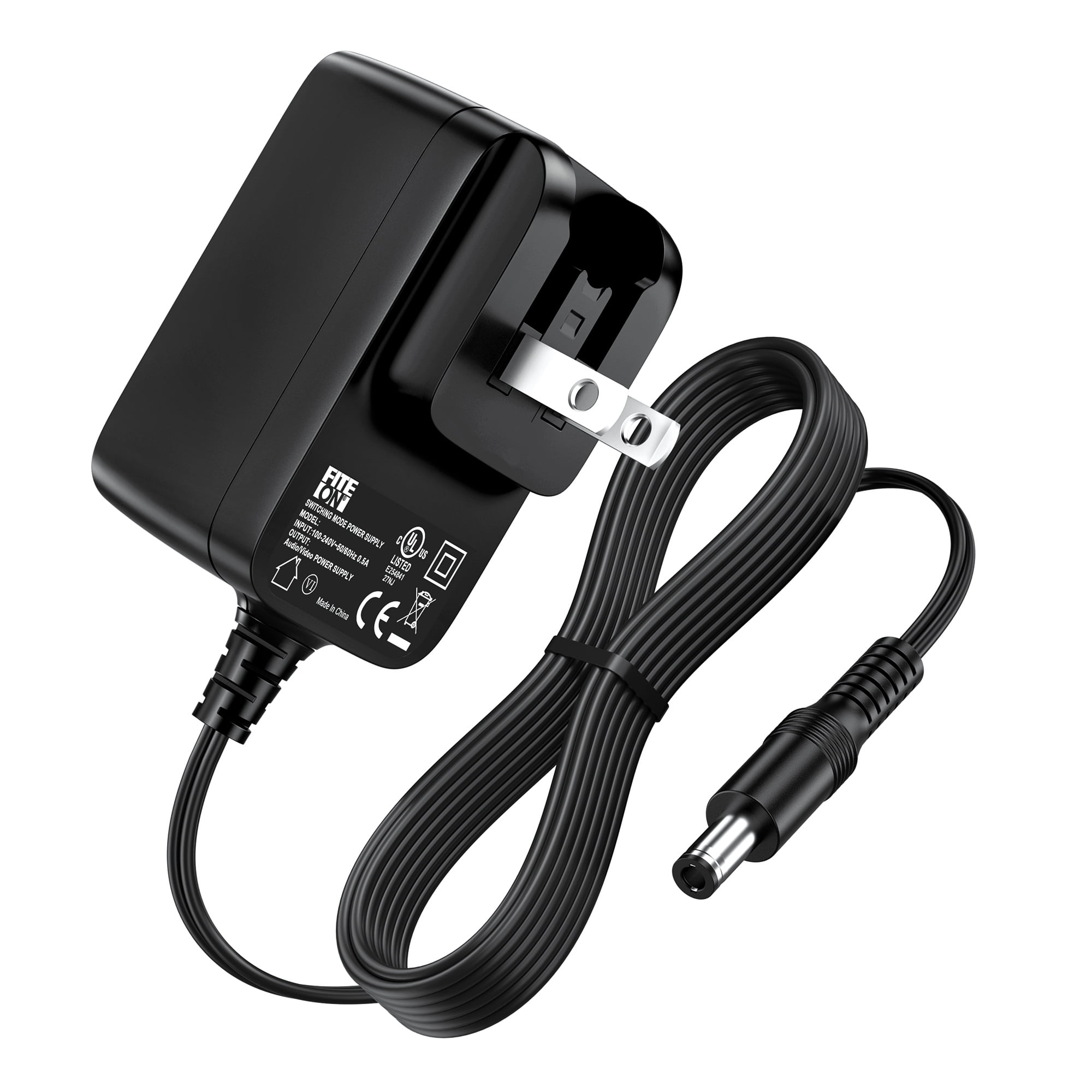

Around this time, SCSI versions of the 7000 series drives were also discontinued, and all engineering operations in San Jose were shut down in late 1993, leaving only the former MiniScribe design engineering staff. Teetering on the brink of bankruptcy in 1992, Maxtor's exit from the high-capacity 5.25-inch SCSI market temporarily left a product void in the industry. Sequel, a spin-off of Unisys, was not a disk drive manufacturer rather, they specialized in refurbishing drives for the existing customer base. Maxtor sold the rights to the series to Sequel of Santa Clara, California in the mid-1990s, and the company exited the server drive market. In 1996, the company completely redesigned its hard drive product line by introducing its DiamondMax series with a Texas Instruments digital signal processor.Īfter nine years of development, the original XT-series of drives had achieved a capacity of 1 GB. Later products managed to sell well despite the initial problems. The transition was a tough one as the early products of this union (notably the 7120AT 3.5-inch 120 MB drive) had many quality and design problems. In 1990, Maxtor entered the mass market with its purchase of the assets (but not the liabilities) of bankrupt MiniScribe in Longmont, Colorado. The company received an additional round of financing of approximately $37 million in 1984 before going public in 1985, with Goldman Sachs as the prime underwriter. The first product was designed to provide 190 MB of storage, but delays in getting magnetic heads to the Maxtor design resulted in the company taking what was available, and the first drive-the XT-1140-was shipped with a capacity of only 140 MB. This was a major departure as the spindle motor was usually mounted external to the disks. The company developed its own spindle motor, which was fitted within the casting containing the disks. Maxtor's product architecture used eight disks 15 surfaces recorded data and the final surface was where the servo track information was located. In 1983, the company established a liaison and procurement office in Tokyo, headed by Tatsuya Yamamoto. The DBS (Development Bank of Singapore) agreed to provide financing to help grow the company in Singapore. The company also began negotiations with the EDB (Economic Development Board) of Singapore for favorable terms before committing to Singapore as its offshore manufacturing location. In February 1983, it shipped its first product to Convergent Technology and immediately received an additional $5.5 million in its second round of funding.

Cassin and Chuck Hazel (Bay Partners) provided the initial $3 million funding and the company officially began operations on July 1, 1982. The Maxtor founders, James McCoy, Jack Swartz, and Raymond Niedzwiecki-graduates of the San Jose State University School of Engineering and former employees of IBM-began the search for funding in 1981.

In 2006, Maxtor was acquired by Seagate.Īn early Maxtor hard drive (right) with a more modern laptop hard drive and coins (front) for size comparison In 2000, Maxtor acquired Quantum's hard drive division, which gave Maxtor the ATA/133 hard drive interface and helped Maxtor revive its server hard drive market. In 1996, Maxtor introduced its DiamondMax line of hard drives with DSP-based architecture. Maxtor was getting close to bankruptcy in 1992 and closed its engineering operations in San Jose, California, in 1993. In 1985, Maxtor filed its initial public offering and started trading on the New York Stock Exchange as "MXO." Maxtor bought hard drive manufacturer MiniScribe in 1990. In 1983, Maxtor shipped its first product, the Maxtor XT-1140. In 1981, three former IBM employees began searching for funding, and Maxtor was founded the following year.


 0 kommentar(er)
0 kommentar(er)
